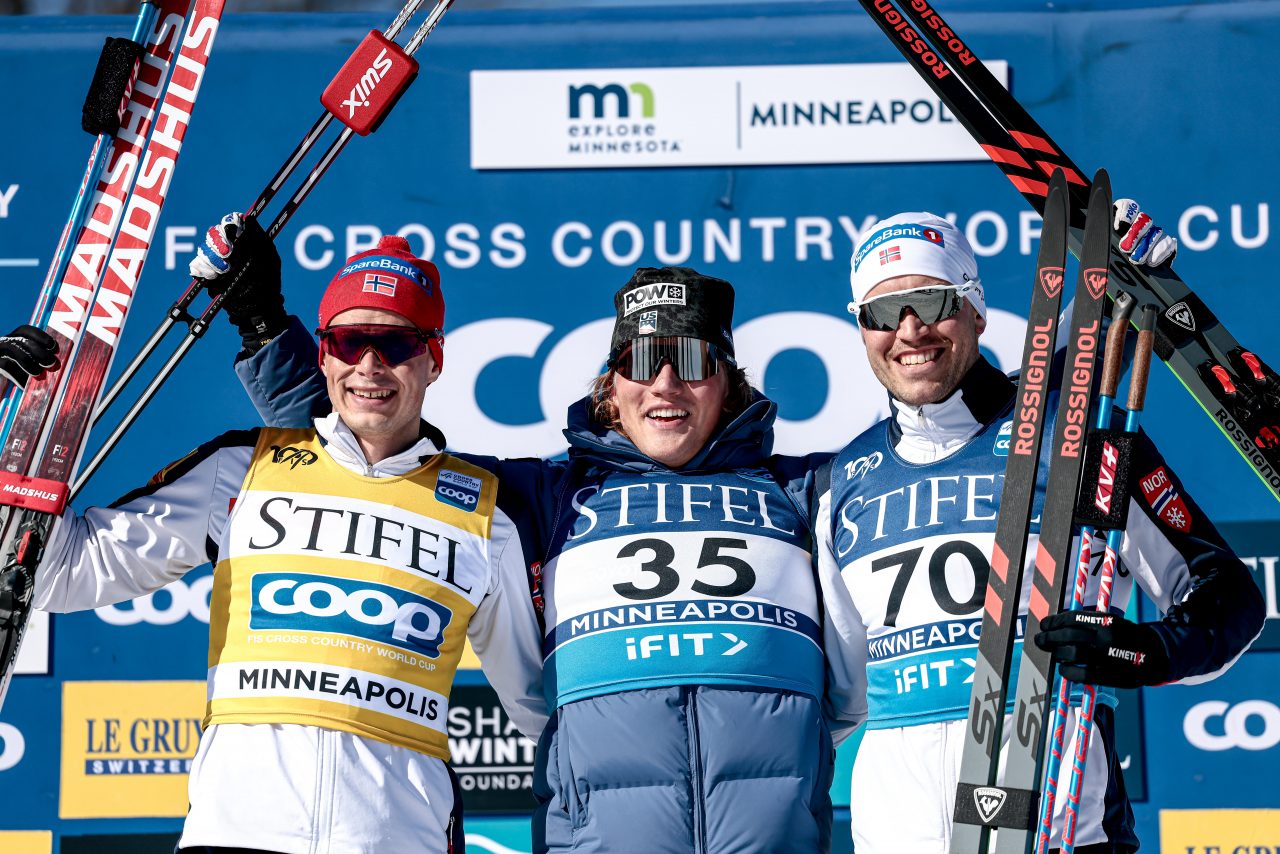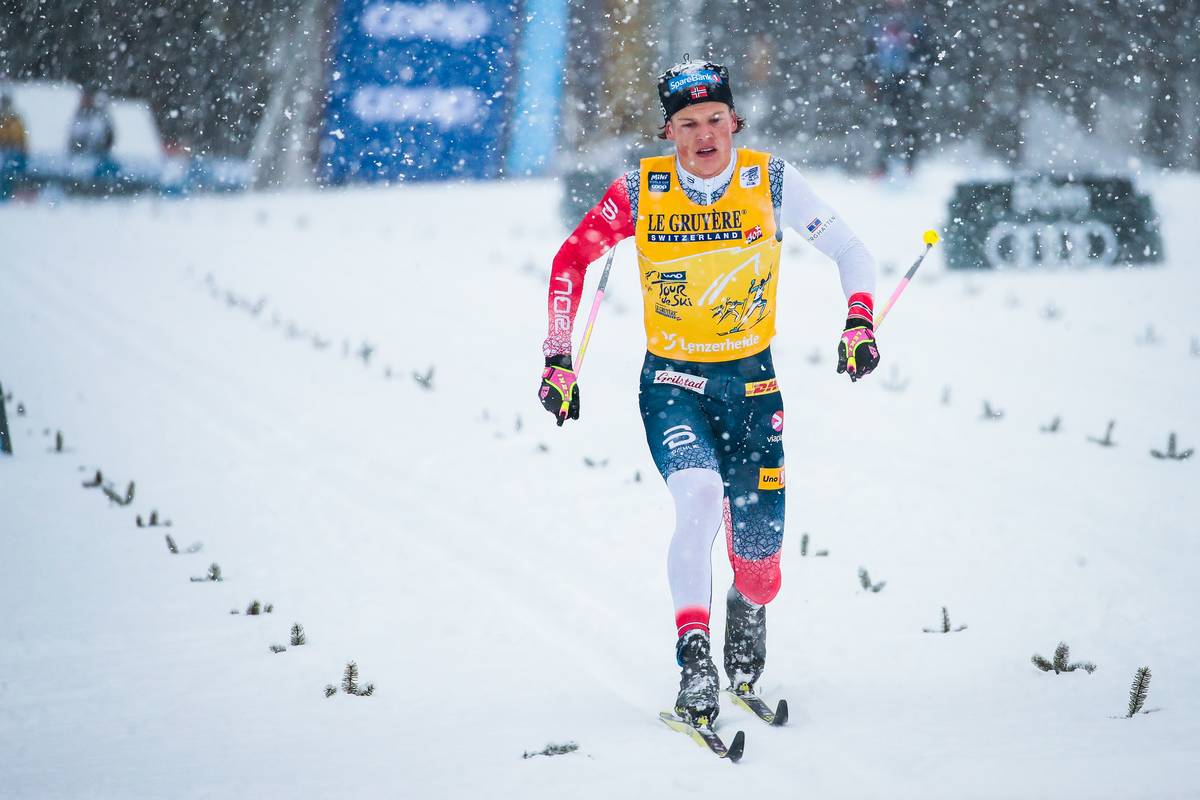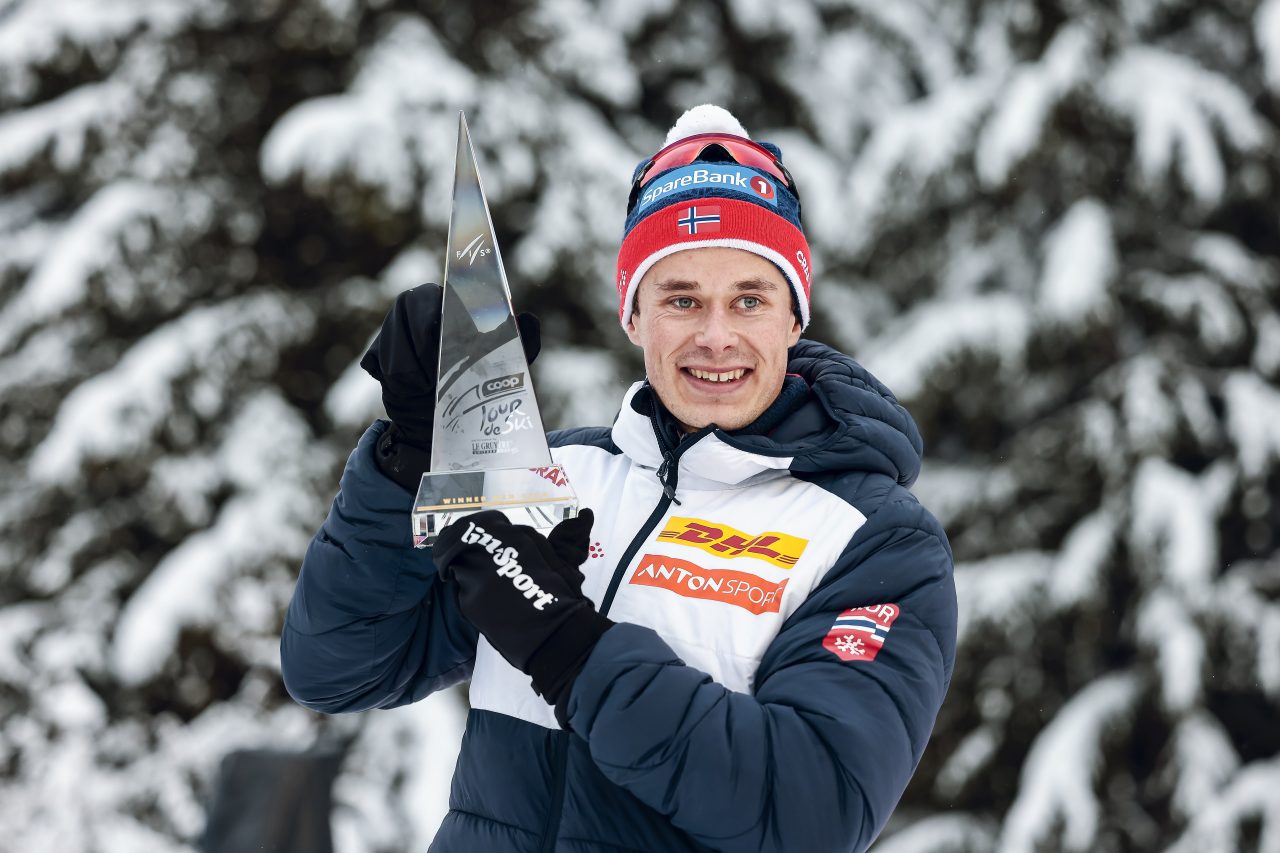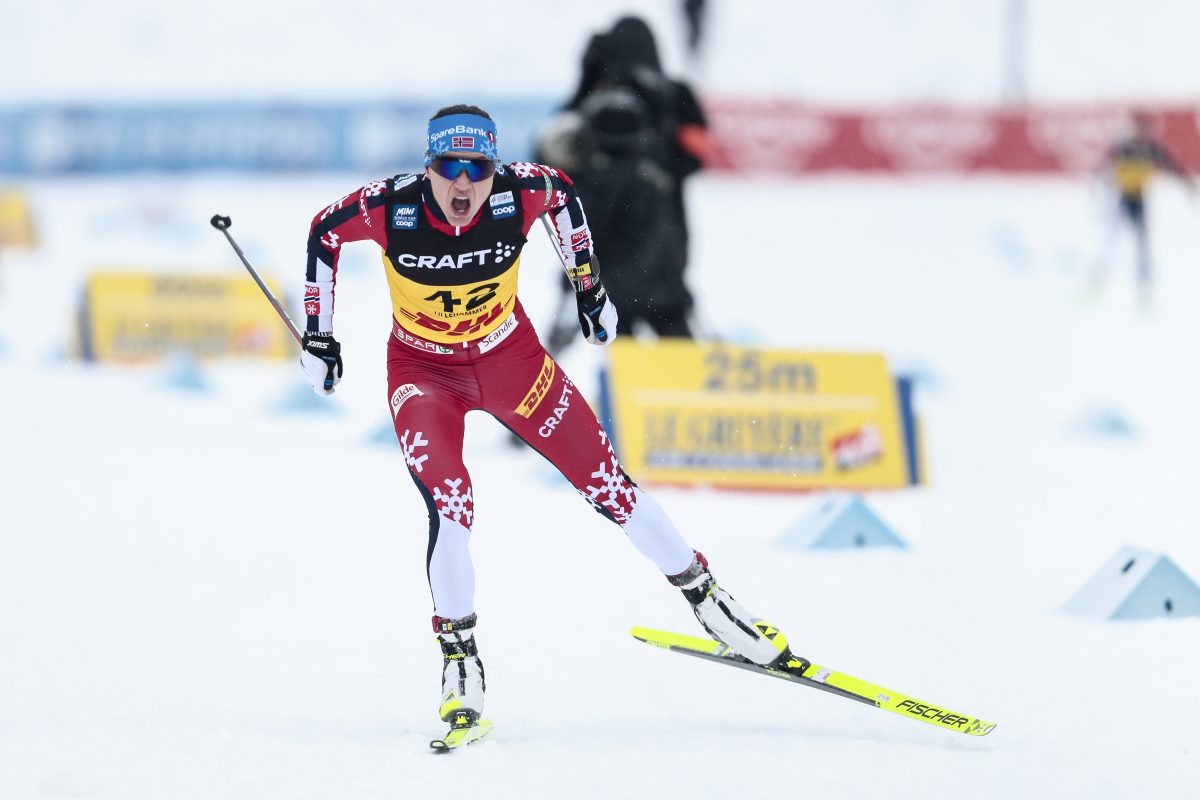Key Betting Options and Strategies
Betting on cross-country skiing includes several options, each offering different levels of risk and reward. The most straightforward of these is the “outright winner” bet, where one wagers on a skier or team to take first place in a specific race or event. While this bet offers higher returns, it comes with considerable risk, particularly given the unpredictable nature of the sport and the large number of participants, often nearing 100 competitors per race.
Other betting types that provide a broader safety net include the “podium finish” and “head-to-head” bets. Podium finish bets allow a bettor to wager on whether a specific skier will place in the top three, reducing the risk while lowering the payout. A head-to-head bet, on the other hand, compares the ranking between two athletes during the race, providing a simple win/loss outcome based on which of the two finishes ahead. It’s a popular choice for bettors who wish to focus on a more manageable, two-skiers scenario rather than the full field of competitors.
More niche bets are also present in cross-country skiing, such as “top nationality” bets, which predict the nationality of the winning skier. Additionally, “prop bets” add complexity, allowing wagers on specific outcomes such as the fastest time, individual lap times, or even which skier might lead at various race intervals.

Maximizing Wagering Opportunities with Promotions
Exploring various wagering opportunities can enhance the overall strategy. When placing bets, it is essential to rely not only on informed analyses of athletes’ performances and conditions but also to consider the advantages provided by promotions offered by betting platforms. For instance, many bookmakers introduce competitive offers like odds boosts for major events such as the Winter Olympics or the Tour de Ski, which can greatly increase potential returns. Additionally, new bettors often find value in introductory bonuses that can provide additional funds to place initial wagers. These promotional strategies can be especially beneficial when leveraged in conjunction with thorough research about athletes and event-specific variables.
Moreover, while exploring these options, it’s advisable to compare offerings across several platforms. Each platform might cater to different aspects of sports betting, including sports betting promos that could make a noticeable difference to a bettor’s bankroll. For example, some sites may feature loyalty programs that reward frequent betting, while others might offer cashback on certain wagers. Understanding how to effectively use these promotions can lead to more strategic betting decisions. Analyzing the variety and conditions of these promotions is crucial for bettors aiming to optimize their betting strategy in cross-country skiing events. By doing so, bettors can approach each event with a refined perspective and potentially improve their overall wagering success.

Analyzing Athletes and Race Conditions
Before placing any bets, it is important to scrutinize the performance history and current form of athletes. Cross-country skiing’s long season features the FIS World Cup, where skiers compete across multiple venues and race formats. Recent results in World Cup races can provide indicators of which athletes are in peak condition while also revealing key insights into the possible effects of injuries or seasonal fatigue. Alexander Bolshunov holds a formidable reputation in the sport, having won multiple Crystal Globes. However, his fluctuating health, including surgeries like the jaw operation he received before the 2023 season, introduces performance uncertainty. Bettors could also examine Johannes Høsflot Klæbo’s consistent prowess, particularly in sprint events, to evaluate his potential in specific race formats.
In cross-country skiing, the difference between a podium finish and an average result can often be traced to small but influential factors, the most prominent being course conditions and weather. Bettors need to remain aware of how different athletes perform under varying conditions, such as dense snowfall or extreme temperatures. Athletes who are stronger at particular altitudes or warmer climates, for example, might tend to perform better at races in Southern Europe or lower-altitude venues.
Equally important are race-specific conditions. Cross-country skiing events are contested either in the classic or skate technique styles, each requiring athletes to excel with different skill sets and biomechanics. Consequently, successful betting hinges on knowing which skiers favor certain ski techniques and whether the course for an event will feature classic or skate-style skiing. Skate-skiing techniques, which were adopted by the International Ski Federation starting in 1986, tend to favor more athletic and explosive racing, often requiring wider and smoother trails than their classic-style counterparts.

Importance of Team Dynamics in Relay Events
Certain competitions, such as the 4×10 and 4×5-kilometer relays, bring team dynamics into play as teammates work together throughout the race. This interplay between team members during relay events can offer an additional edge for bettors. Analyzing teams that frequently race together or train as a cohesive unit can reveal synergies. It is not uncommon for national teams to rotate or substitute skiers depending on individual schedules, race strategies, and seasonal fatigue levels, meaning occasional substitutions can upset expectations in relay events if bettors have not accounted for the changes in lineups.
Strong consideration should be made for teams that have a history of performing well together or feature star anchor skiers who can make up deficits in the final leg. An athlete like Klæbo, known for closing strong, can cause wild swings in betting outcomes when teams featuring these stars have a chance to capitalize during pivotal final moments.

Factors to Consider for Consistent Winnings
Athlete injuries and absences are as vital to winning bets as performance metrics. Cross-country skiing is a physically exhausting sport that causes multiple athletes to pull out of key races either due to chronic injury or strategic rest for more key races later in the season. Before placing any bets, research should focus not only on which athletes will race but also on their injury status and fitness going into the event. While experienced contenders tend to maintain sustained seasonal form, newer athletes may slack off in minor events, especially when skipping races to stay fresh for championships like the Tour de Ski or the Winter Olympics.
Another factor to consider is identifying value bets based on recent and peak performances. Betting markets can sometimes underprice athletes who have had disappointing results due to temporary injury setbacks or minor tactical errors in previous races. These athletes might present an opportunity for sharp-eyed bettors when competing on terrain that suits their particular strengths.
Betting odds are another important facet. Bettors frequently overlook the margins set by bookmakers, which typically range between 7%-8% for cross-country skiing events. To increase potential payouts, it is essential to compare the odds offered by different bookmakers. Small variances, such as a shift from 2.50 odds to 2.70 odds on a favorite, can compound greatly over time, especially when paired with intelligent risk management.
Press Release
Publishing press releases is a service we offer to the ski community, so please note these articles are not written by FasterSkier and therefore do not necessarily represent our thoughts and standards.



